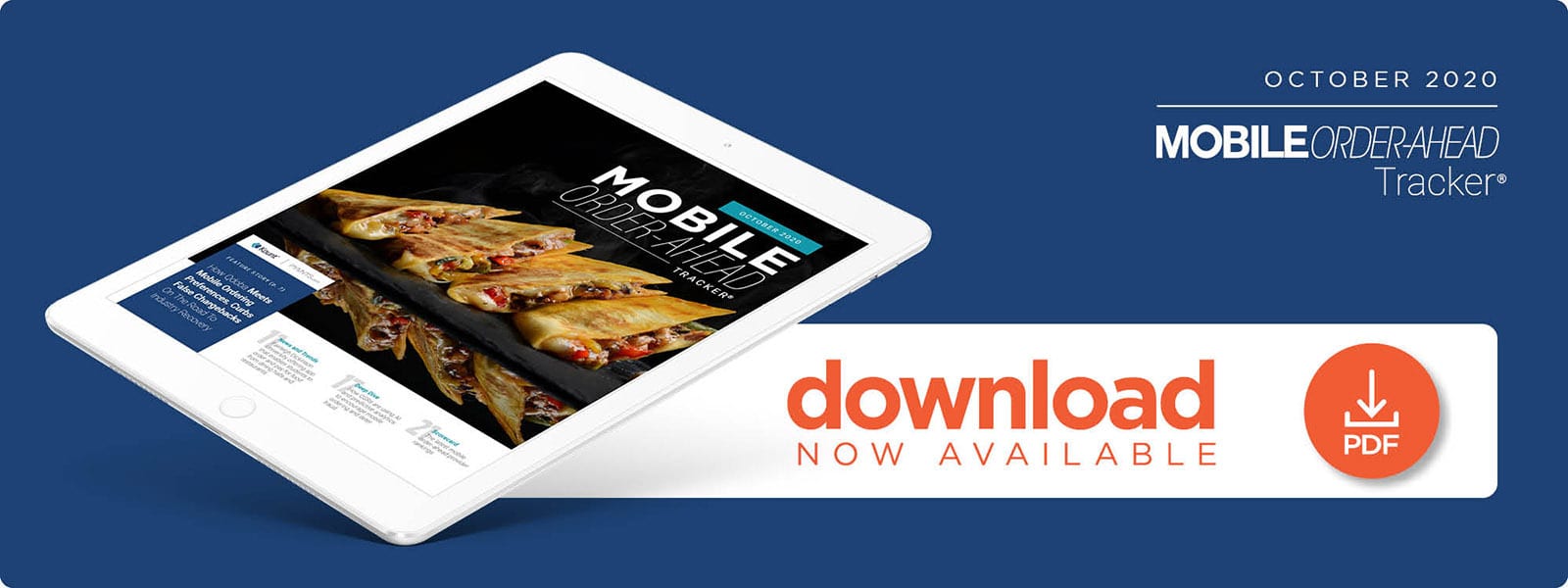Deep Dive: The Power Of Data Analytics And AI For QSRs In A Complex Ordering Environment

Harnessing consumers’ digital information is critical to the success of any business, and data analytics and artificial intelligence (AI) can be especially powerful tools.
Numerous quick-service restaurants (QSRs) have deployed these technologies to support their operations, tailor their customer service approaches and even boost sales, but many players, including several big names, have been reluctant to invest in such innovations.
Fast-food giant McDonald’s was not interested in using AI or data analytics until it noticed that many of its competitors were benefiting from the technologies. This revelation prompted the company to launch several innovations, including digital menus that change based on real-time data analysis. The alteration led to a 3 percent increase in sales in Canada, the chain said.
Use of the McDonald’s app is also helping the company capture valuable customer data, including which restaurant locations consumers visit and when, how often they go and whether they prefer drive-thrus or dine-in experiences. Having such data allows the restaurant to offer suggestions to guests and promote deals, with such methods leading to a more than 30 percent increase in sales for customers in Japan who use the app.
McDonald’s use of these technologies demonstrates just a few of the ways in which restaurants are leveraging the data at their disposal to gain greater customer insights. This month’s Deep Dive explores how data analytics and AI can help QSRs optimize their operations across a host of use cases.
QSRs Leverage AI
Many QSRs are incorporating or planning to incorporate AI into their operations to appeal to customers who are growing fonder of the technology. One report found that 71 percent of consumers would be amenable to QSRs’ and fast-casual restaurants’ efforts to integrate AI into their business operations, for example.
Restaurants are beginning to tap these tools for better customer service and predictive analytics, which can provide them with insights into customer behaviors and act on them by tailoring their product offers. Such efforts can even be channel- or location-dependent, too, with many restaurants using tactics like geo-targeting to send personalized or special offers to customers via mobile app.
Machine learning (ML) and related algorithms are also driving the restaurant space. This means that QSRs can gain in-depth information about their business performances through real-time data platforms, which are constantly gathering data through their point-of-sale (POS) systems or other employee and guest connections. This allows QSRs to pinpoint patterns and trends and send other metrics to managers and auditors who can shed light on their meaning before making decisions.
How AI Can Aid In Fraud Detection, Sales
A sizable number of restaurants use AI to curtail cybercrime such as internal fraud, which is reportedly to blame for up to 75 percent of QSRs’ losses. Employee fraud can include refund abuse, gift card fraud or floating transactions, but AI models using dedicated algorithms can be trained to spot illicit and unusual activities. AI-based tools can identify minute transactions like voiding, deleting or discounting items and examine them in relation to other factors, such as when they were made and the role of the employee undertaking these actions. Analyzing these myriad factors can enable the technology to spot potentially illegal behavior that might merit third-party review.
Mobile ordering fraud presents an even greater challenge for QSRs. Many consumers are turning to mobile apps during the pandemic, but these solutions can open them up to numerous scams if their security measures are not up to snuff. Fraudsters can obtain consumers’ identities for just $4 apiece in some cases, and bad actors with access to such details can hijack customers’ accounts and use their stored payment information or rewards points to fund their illicit purchases.
These considerations are prompting many QSRs to ditch their static rules and manual review-based fraud approaches in favor of AI- and ML-enabled methods, but even these moves require careful consideration and planning. Evidence suggests that restaurants must also monitor the trends and insights that these advanced technologies discover, which will help them establish more effective fraud-fighting measures.
QSRs today must provide seamless service and security to grow their mobile ordering operations as well as prevent both internal and external fraud. AI and ML tools, by leveraging a robust assortment of predictive analytics, can go a long way toward helping QSRs achieve these goals.

